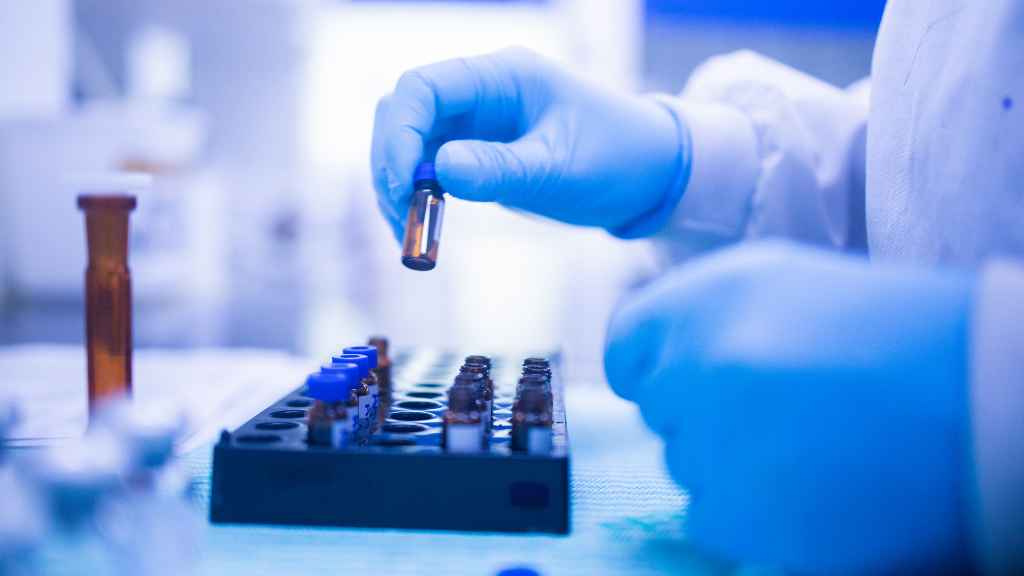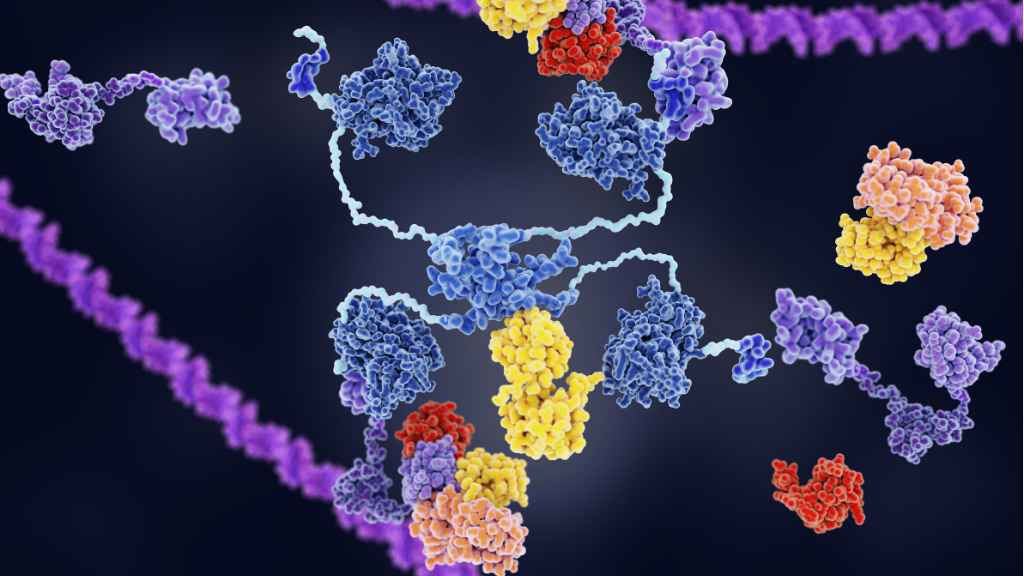A tumor’s structure and biological complexity pose significant challenges for the development of effective therapies and drugs.
Two-dimensional (2D) in vitro cultures are too simple and cannot mimic the dynamic interactions and complexity of the tumor microenvironment. During the early stages of cancer progression, accessory cells play a key role in the development of tumors. It is extremely challenging to reproduce this event in vitro due to the complexity of the three-dimensional (3D) environment. Animal models, on the other hand, are generally expensive, difficult to work with, and associated with ethical concerns. In addition, analyzing some effects can be challenging because they are frequently not representative of human-specific events, which limits the applicability of these models.
Three-dimensional in vitro-mediated models have gained attention because they can improve our understanding of tumor biology and enable customized screening of existing and new drugs and therapies, as well as studying the development, progression, and metastasis of cancer cells. Through the use of 3D models in vitro, biomaterials can eliminate the over-abstraction of traditional cell cultures by providing an environment that mimics the physiological environment for cancer cell growth and interaction.
DA-TA Biotech supports multiple scaffolds for cell culture in order to optimize tumor models.






